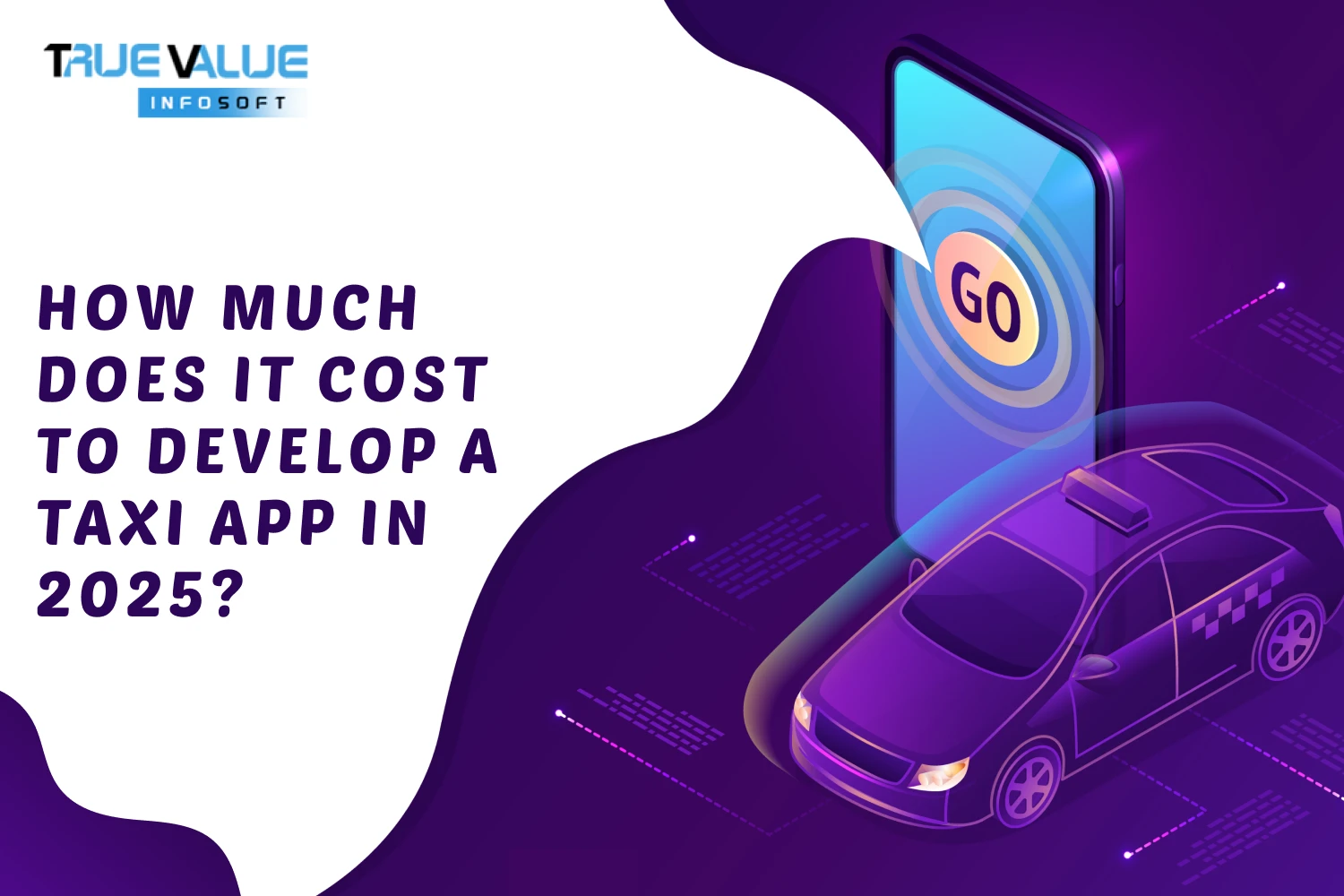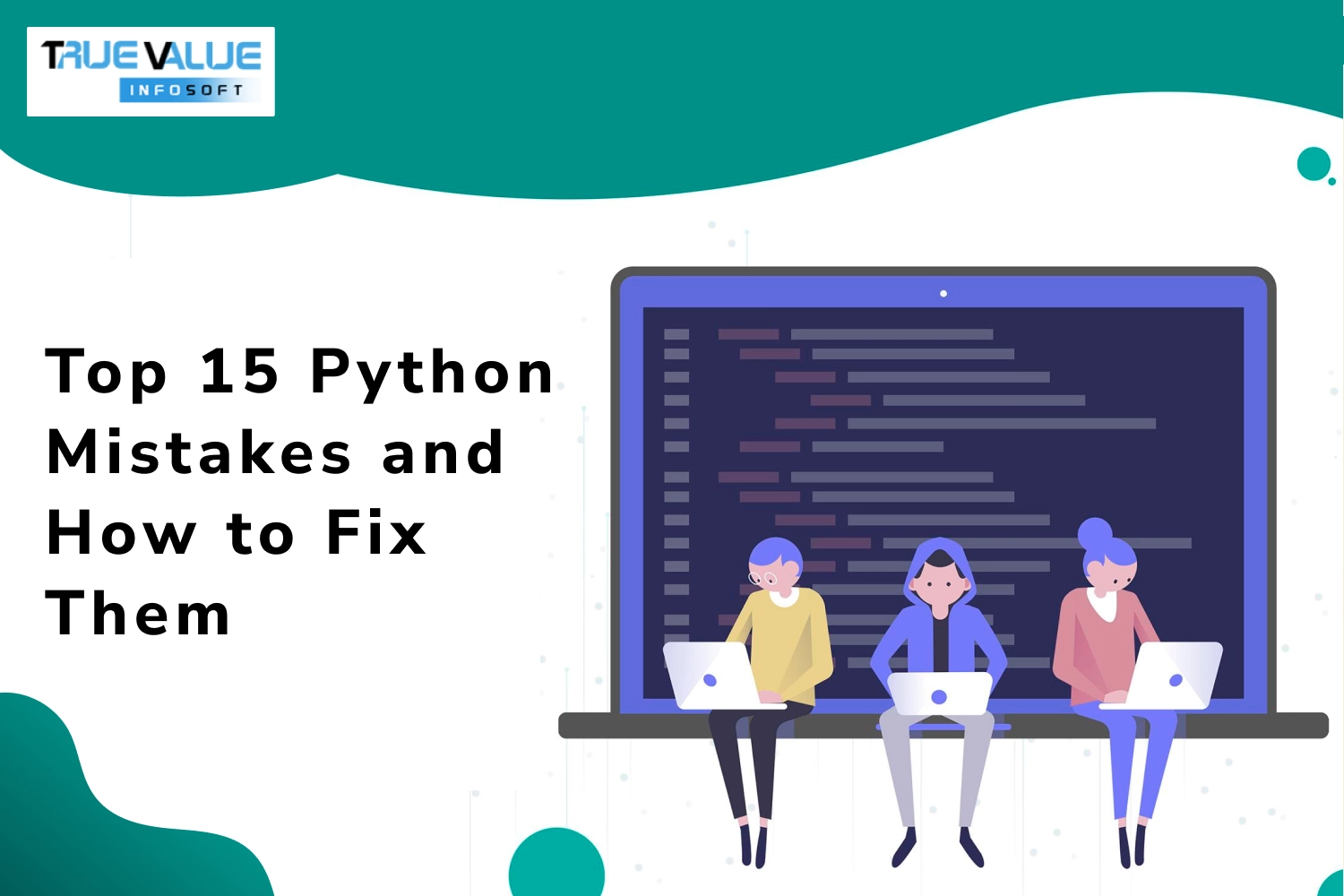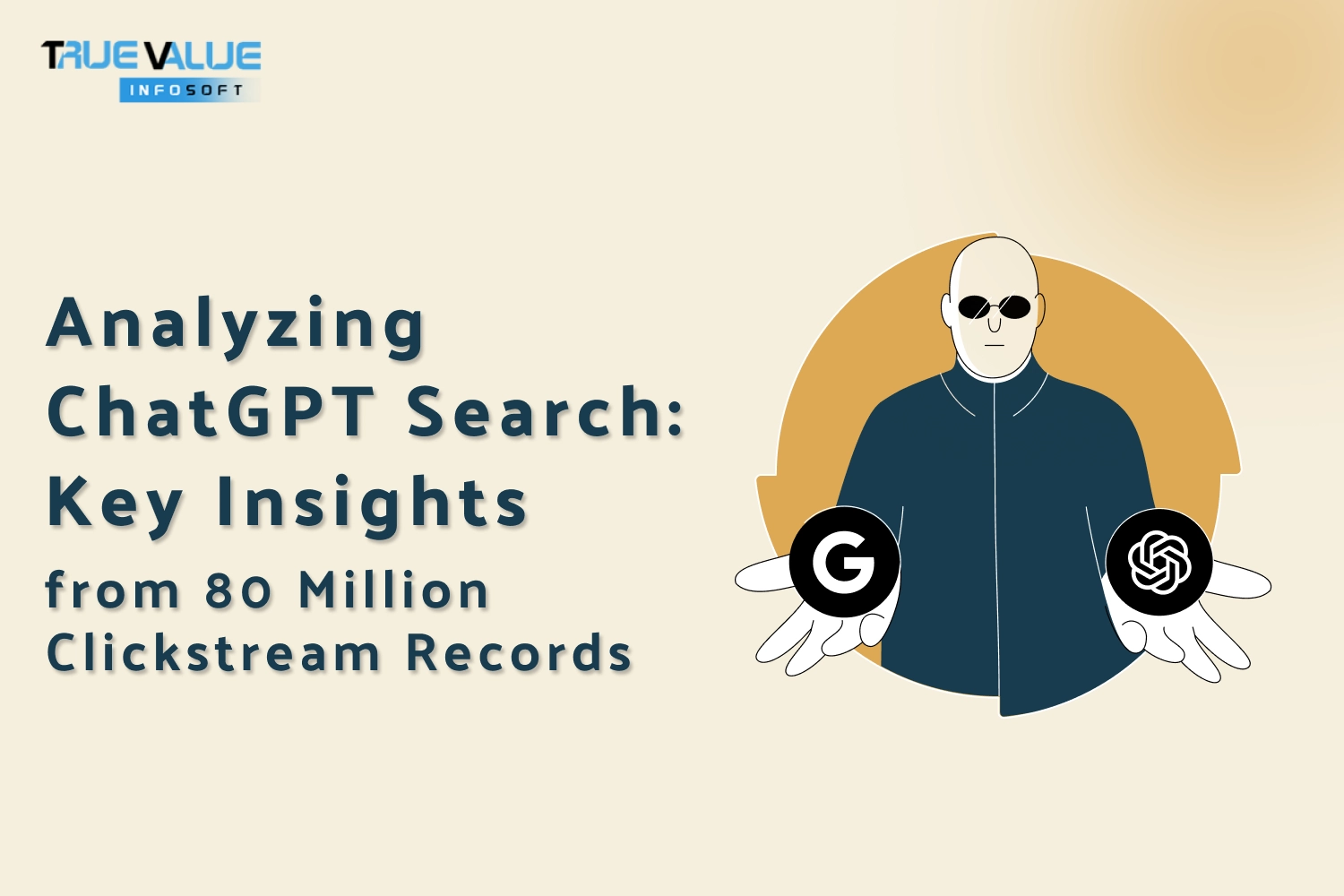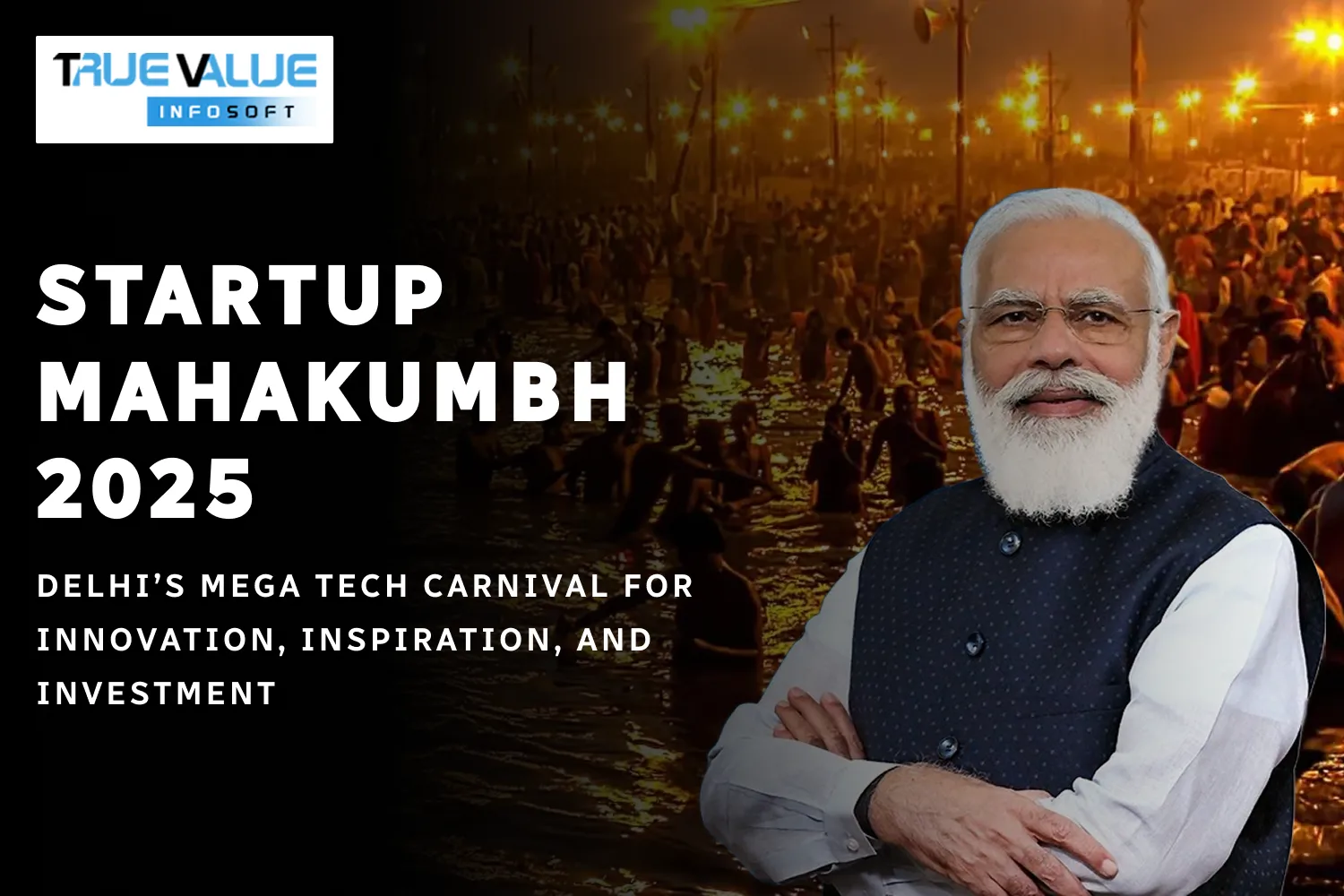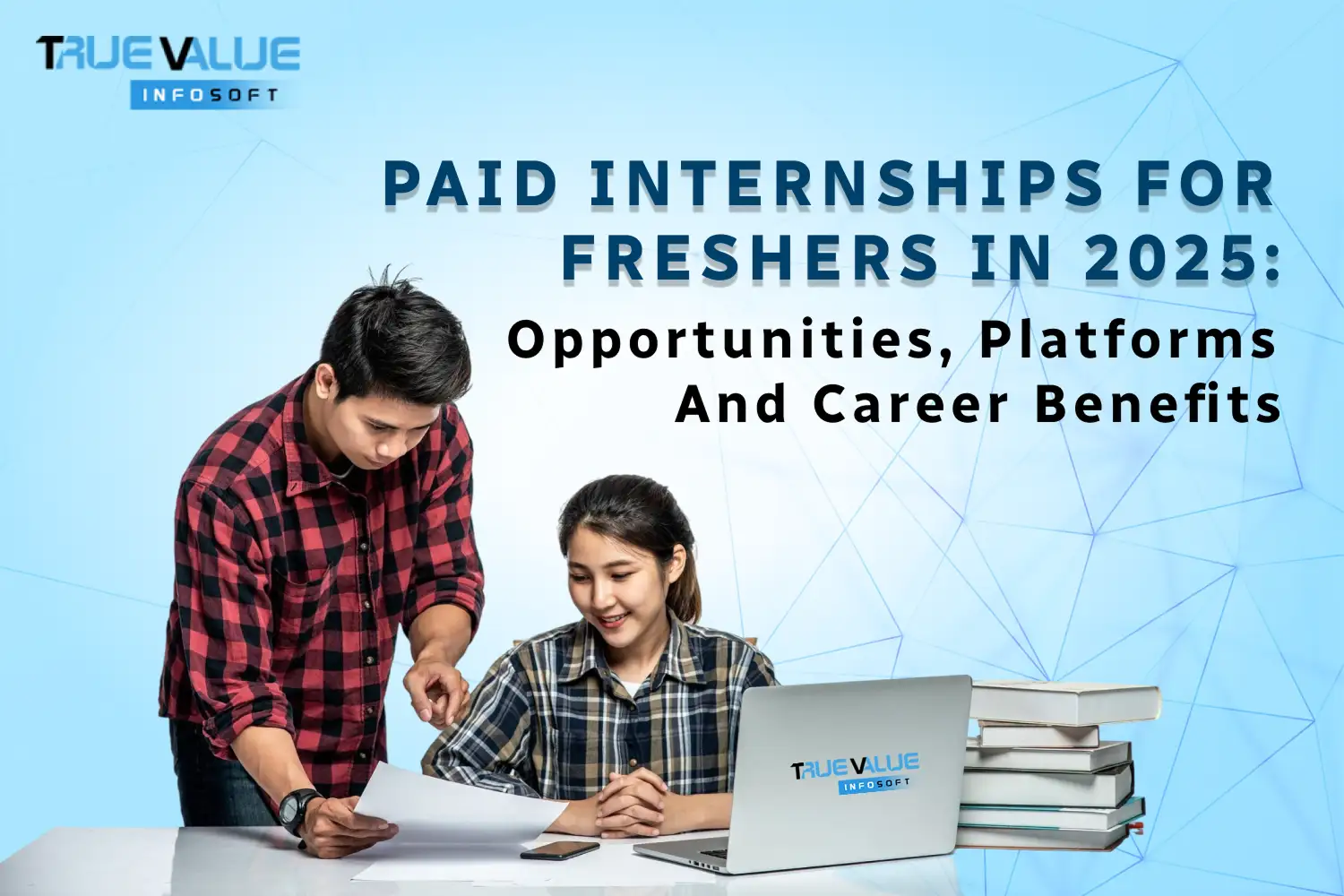Ever imagined what you’d look like as a collectible action figure?
Welcome to the future of creativity, where imagination meets artificial intelligence—and it's going viral. From hyper-realistic superhero miniatures to hilarious celebrity mashups, AI-generated action figure images are flooding social media feeds and captivating audiences worldwide.
You’ve probably paused mid-scroll to admire a lifelike action figure of a character that doesn’t even exist in real life. So, what’s behind these stunning visuals? How are they made, and why are they taking over the internet?
AI image generation isn’t just a cool trend—it’s transforming the action figure industry from the ground up. In this blog, we’ll dive into how this phenomenon started, the tools creators use, real-world applications, and what the future holds for AI-powered toy design.
What Is an Action Figure?
An action figure is a poseable character figurine made typically of plastic, often based on characters from movies, comic books, video games, or real-life celebrities and athletes. Unlike regular dolls, action figures are usually designed with dynamic articulation points and detailed accessories to enhance realism.
They’ve been around for decades, from G.I. Joe and Star Wars to Marvel superheroes and anime characters. Today, these figures are collectible items, cultural symbols, and now, digital assets—thanks to the intervention of AI.
How This Trend Went Viral
This AI trend caught fire in late 2024 and accelerated into 2025, thanks to:
- Social Media Challenges: TikTok and Instagram were flooded with challenges like “Turn Me Into a Superhero” or “My Life as an Action Figure.”
- Accessible AI Tools: Platforms like Midjourney, DALL·E 3, and Leonardo AI allowed anyone to create high-quality action figure images in seconds.
- Celebrity Engagement: Celebrities and influencers joined the trend, sharing action figure versions of themselves.
- Nostalgia + Personalization: It combined childhood nostalgia with modern customization—sparking emotional and viral appeal.
Result? Millions of AI-generated action figure images shared globally, turning into memes, profile pictures, merch concepts, and NFTs.
Benefits of AI Image Generation in the Action Figure Industry
AI image generation brings a host of benefits to various stakeholders:
1. Rapid Prototyping
Designers can visualize multiple variations without building physical prototypes.
2. Cost-Effective Ideation
Avoids the need for 3D modeling or manual concept art during early design phases.
3. Market Testing
AI-generated visuals can be used to test market appeal before investing in manufacturing.
4. Customization & Personalization
Users can generate custom figures based on their own likeness or favorite characters.
5. Content Creation
AI figures can be used in marketing materials, fan art, or storytelling without licensing hassles.
Process to Generate AI-Generated Action Figure Images
Creating these images is easier than it seems, even for non-artists. Here’s a typical process:
1. Define the Concept
Start by visualizing what you want—maybe a "Cyberpunk Pikachu," or "Post-apocalyptic Iron Man" action figure.
2. Create a Text Prompt
Using a text-to-image platform, describe your concept. Example prompt:
“Highly detailed action figure of Iron Man, battle-damaged suit, glowing arc reactor, dramatic studio lighting, plastic texture, white background.”
3. Select a Platform
Use AI image generators like Midjourney, DALL·E 3, or Stable Diffusion.
4. Refine the Prompt
Fine-tune your prompt for details like:
- Pose
- Material (plastic, metal, cloth)
- Background (white studio or packaging style)
- Lighting style
5. Generate the Image
Submit the prompt and let the AI generate multiple images. Choose the one that best fits your vision.
6. Post-processing (optional)
Use tools like Photoshop or RunwayML to clean up artifacts or enhance realism.
From Text Prompt to Action Figure Image
Creating AI action figures is an art in itself. Here's how creatives approach it:
- Research: Understand iconic toy styles (Hasbro, Funko, Hot Toys) for inspiration.
- Prompt Engineering: Master prompt crafting to control color palettes, textures, poses, and camera angles.
- Iterate: Try different wording, modifiers, and platform-specific syntax (e.g., Midjourney’s --v 5 or aspect ratios).
- Community Feedback: Share and receive suggestions on Reddit or Discord channels.
- Finalize: Export high-resolution images and, in some cases, convert them into 3D models.
Tools and Platforms for Action Figure Image Generation
The AI image generation ecosystem is vast. Here are the top platforms used for action figure creation:
1. Midjourney

Best for stylized, dramatic renders with high plasticity and photorealism.
2. DALL·E 3
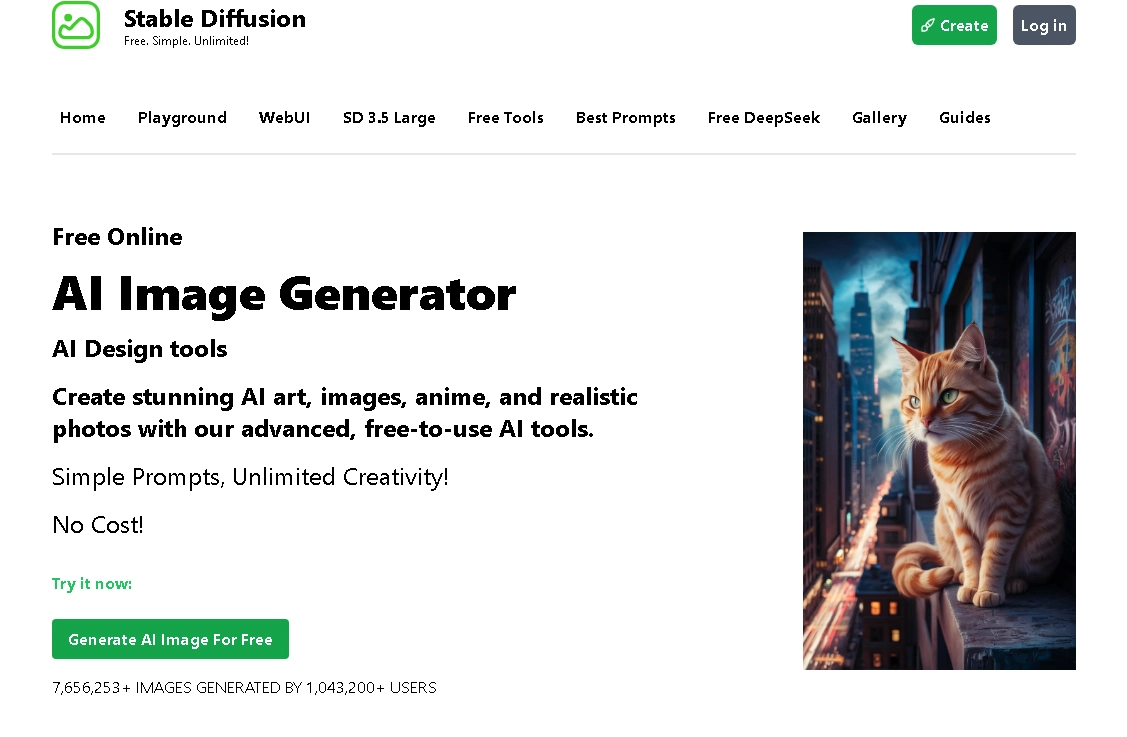
Strong in interpretive detail, product design, and packaging simulation.
3. Stable Diffusion (and variants like SDXL)

Fully customizable and open-source. Works great with custom models like ToyFace or ActionFigureAI.
4. Leonardo.Ai
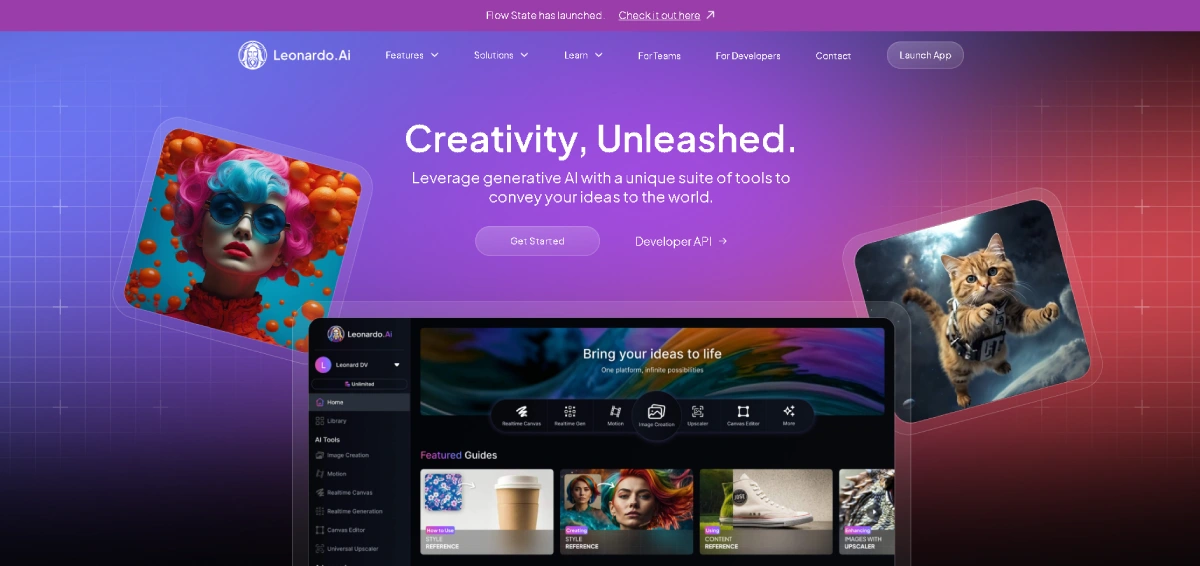
Offers specific toy-themed models and advanced post-editing tools.
5. Photoshop AI / Generative Fill
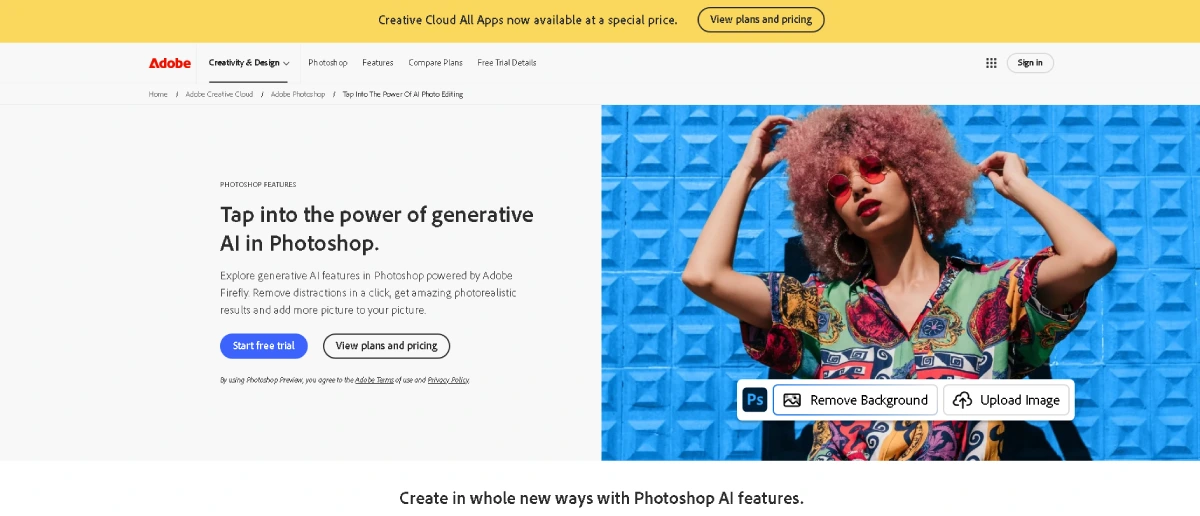
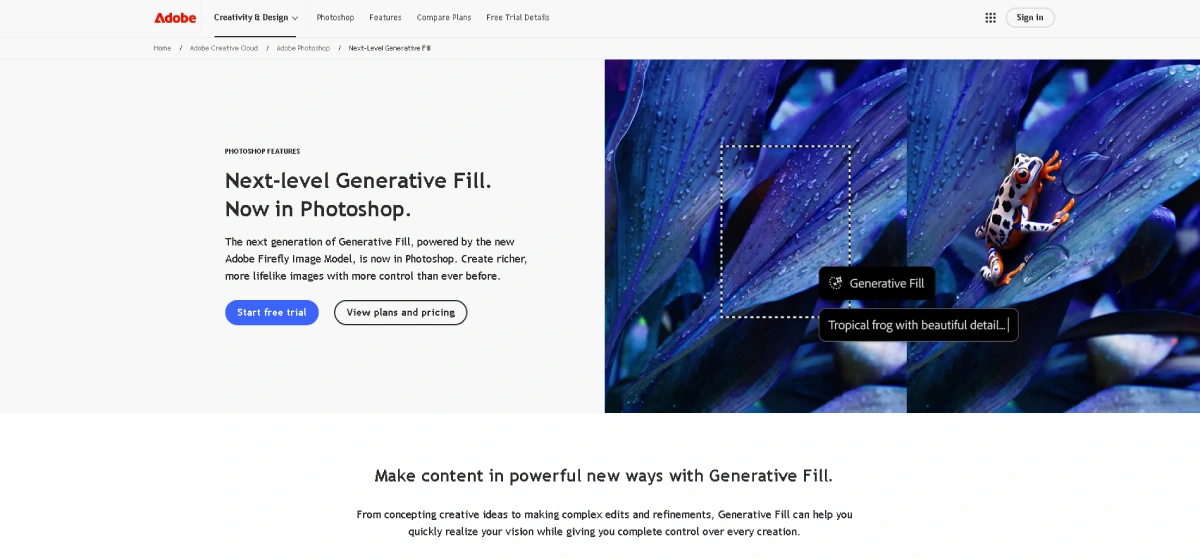
Useful for touch-ups and refining base images.
Ghibli Image Trend: A Sub-Trend That Went Viral
One major offshoot of AI action figure art is the Studio Ghibli trend. Creators began generating Ghibli-style action figures of characters never originally animated by the studio.
Example prompts:
- “Ghibli-style Batman action figure with forest background”
- “Totoro action figure in retro plastic blister packaging”
Why it blew up:
- Ghibli's soft, nostalgic art style meshed perfectly with fan-favorite IPs.
- Instagram and Reddit communities embraced the crossover genre.
Real-World Use Cases and Examples
1. Independent Toy Designers
AI is helping indie creators visualize characters without full-blown production studios.
2. Fan Art and Fandoms
AI-generated figures of "SpongeBob in John Wick style" or "Naruto as a samurai action figure" are trending in online communities.
3. Marketing Agencies
Using AI-generated toy images to create ad campaigns for collectibles, video games, or movie promos.
4. Retail Prototypes
Toy retailers can visualize seasonal or limited-edition items quickly.
5. Comic-Con Previews
Artists are showcasing AI-based concepts as “future releases” or concept work.
Challenges and Ethical Considerations
Despite its potential, AI-generated action figures come with challenges:
1. Intellectual Property Rights
Creating figures based on copyrighted characters (e.g., Disney heroes) may infringe on rights.
2. Job Displacement
Traditional artists and toy designers may feel threatened by AI tools.
3. Misuse of Likeness
Turning celebrities into figures without permission can result in legal issues.
4. Authenticity
AI art often sparks debates over what constitutes “real” art or design.
5. Data Bias
If trained on limited datasets, models may replicate stereotypes or flawed designs.
The Future of AI Image Generation in Action Figure Design
AI will continue to disrupt the toy industry in exciting ways:
- Custom On-Demand Toys: 3D printing + AI design = make-your-own-figure business models.
- Interactive Design Tools: AI + AR for designing your action figure in real time.
- Merchandising Metaverse: Action figures in the virtual world as NFTs or avatars.
- Voice-to-Figure Generation: Speak a description, and AI creates it.
Toy companies are likely to integrate AI into their R&D pipelines, enabling faster launches and trend-driven figure production.
Other Viral AI Image Generation Trends (Last 12 Months)
- Barbie/Disney-fied Avatars
- AI Yearbook Photos(90s Style)
- Pixar-Style Face Transformations
- Dreamcore/Backrooms AI Art
- Anime Me Challenge
- Studio Ghibli Filters
- Cartoonify My Pet
- AI Fashion Lookbooks
- Cyberpunk City Selfies
- AI Wedding Portraits
Each trend added fuel to the growing obsession with AI-aided visual storytelling.
How True Value Infosoft Can Help You Ride the AI Image Generation Wave
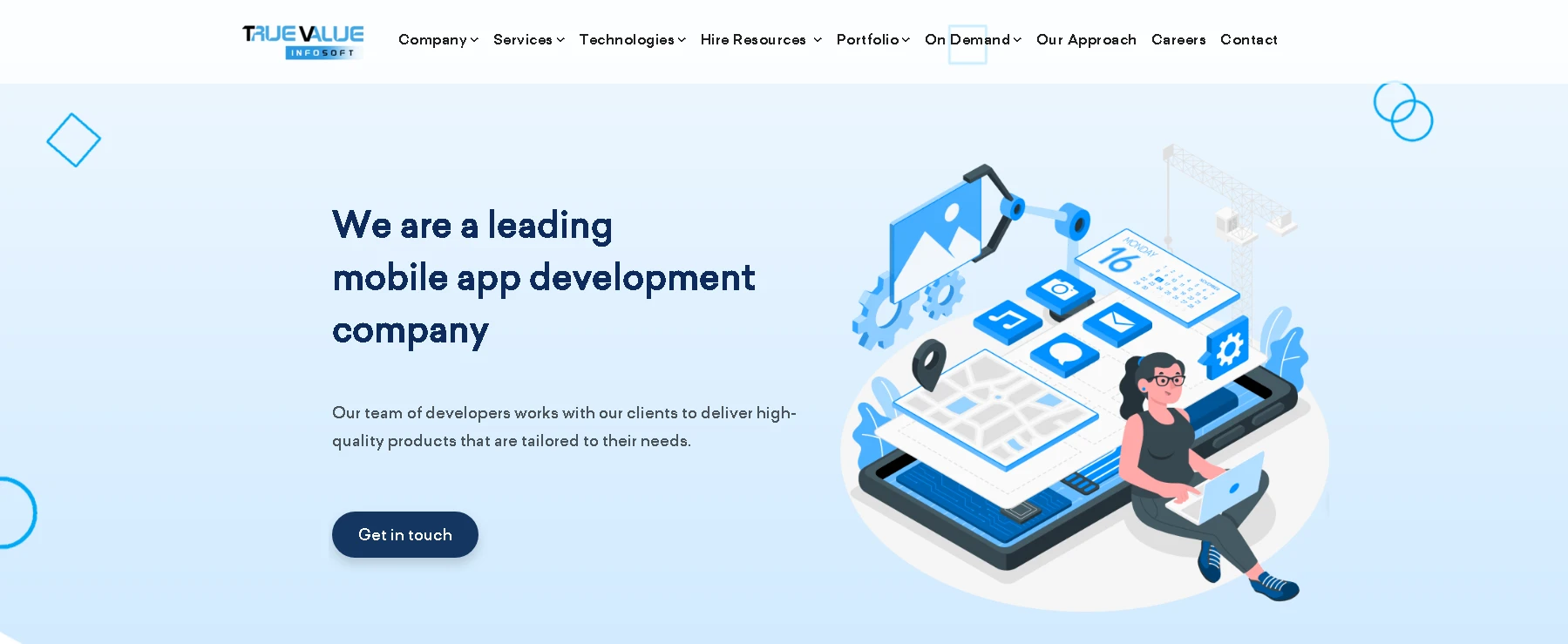
At True Value Infosoft, we’re not just watching trends—we’re building them. As a top AI development company, we offer:
- Custom AI Model Development – Tailored AI models for generating high-quality visuals that reflect your brand's identity.
- App & Platform Creation – We can help you build your own AI-powered action figure image generator app—complete with prompt systems, stylization models, and share features.
- Scalable Backend Infrastructure – Support for image generation at scale, including cloud optimization and cost efficiency.
- Marketing Integration – Tools to A/B test visual concepts before you commit to production.
Whether you’re a startup with a toy idea or a creator looking to go viral, True Value Infosoft brings tech + creativity + scalability together to make it happen.
Conclusion
The rise of AI-generated action figure images is a perfect blend of tech innovation, fan culture, and digital art. It’s revolutionizing not just how we imagine toys, but how we design, market, and engage with them. With the right tools, anyone can become a toy designer overnight.
While challenges around copyright and ethics persist, the future of AI in this field is bright—filled with customizable experiences, creative storytelling, and interactive design.
So next time you see a mind-blowing action figure image online, don’t be surprised if it wasn’t hand-sculpted, but prompted into existence.
FAQs
It depends. If the image features original content, it’s generally fine. But using recognizable characters (like Batman or Spider-Man) could infringe on IP rights.
Midjourney and Stable Diffusion are top choices, especially when tweaked with toy-specific models.
Yes! With 3D modeling and printing, some creators turn AI concepts into physical figures.
Some models are being trained specifically for toy and figure aesthetics, such as ActionFigureAI on Stable Diffusion.
Not at all. It just takes practice. Many communities offer shared prompts and tutorials to help you improve.

